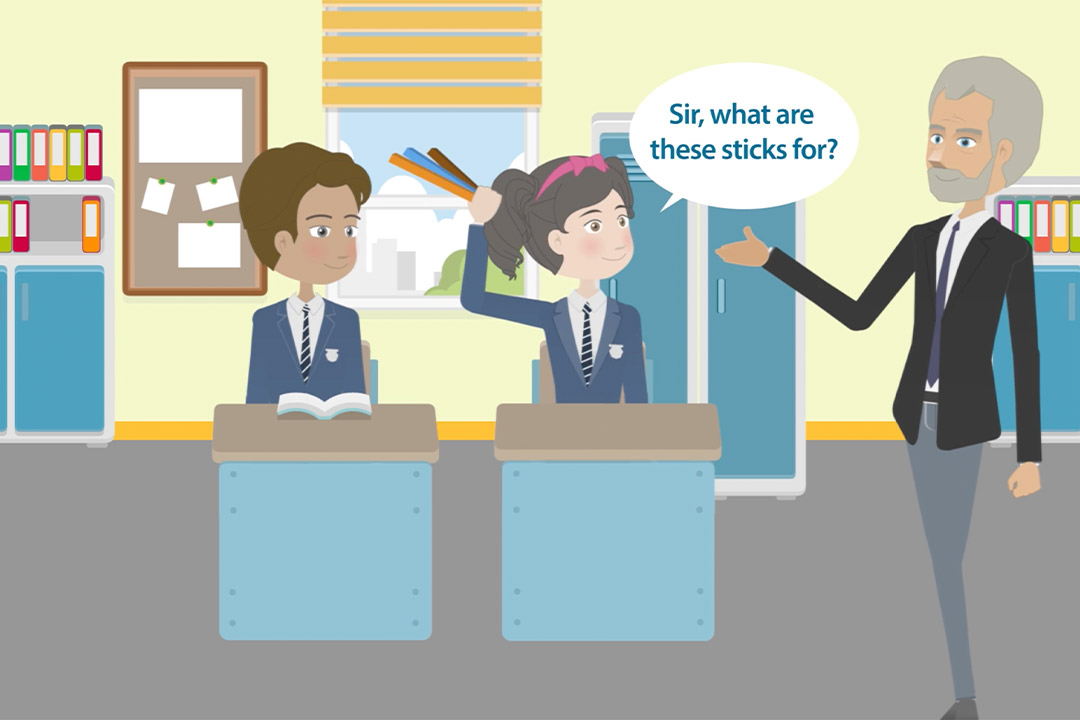Available now! Secondary Mastery Professional Development Materials
Read about our comprehensive Secondary Mastery Professional Development Materials, what they are, who they are for, and how they can be used
26/06/2019

"We like the idea of teaching for mastery, but…
…I can’t find enough ideas for classroom activities."
…I’m not sure just how small a ‘small step’ should be."
…I’m not sure what ‘deepening’ looks like on this topic."
…I’m not sure what representations are appropriate or how to use them."
…I want some help in planning activities that encourage intelligent practice."
…I’m not sure how this topic fits into the whole picture of mathematical learning."
We’ve heard these concerns from teachers and in response we have created the Secondary Mastery Professional Development Materials for KS3. Collaboratively written by practising teachers and maths education experts, they could be just what you’re looking for. The Primary Mastery PD Materials have already proved very popular with primary teachers, with over 400,000 downloads already.
What are the Secondary Mastery Professional Development Materials (and what they are not)?
The Secondary Mastery Professional Development Materials are built around the KS3 National Curriculum. While approaches and sequences to teaching the curriculum are suggested, the materials are not lesson plans, schemes of work or off-the-shelf resources. The materials are designed to help develop your subject and pedagogical knowledge.
Recognising that planning is best done by teachers for their own specific classes, these materials model an approach to planning that will support your students in attaining mastery.
How could they be used to support teaching for mastery in your classroom?
They are most effective when explored with colleagues. You will find them useful for collaborative professional development activity based around planning lessons, sequences of lessons and schemes of work. They allow for autonomy and flexibility.
Some key concepts are extensively exemplified to demonstrate what planning for deep understanding might involve. Others are left for individual departments and teachers to work on, alongside existing material and schemes.
How are they structured?
The full KS3 curriculum is covered, divided into six mathematical themes:
- The structure of the number system
- Operating on a number
- Multiplicative reasoning
- Sequences and graphs
- Statistics and probability
- Geometry.
Each theme is further sub-divided into ‘Core Concepts’, statements of ‘Knowledge, Skills and Understanding’, and ‘Key Ideas’. Around a quarter of the Key Ideas have been fully exemplified.
What does ‘fully exemplified’ mean?
It includes:
- Prior learning that should be in place from KS2 and ideas for assessing this
- Key vocabulary
- Common difficulties and misconceptions
- What students need to understand
- Suggestions for classroom activities
- Guidance, discussion points and prompts under these five headings:
- Depth – ideas for deepening understanding
- Language – how students might be encouraged to develop their mathematical language, discussion and verbal reasoning skills in relation to the concepts
- Variation – how variation theory can be used in planning and teaching
- Representations – which representations are most useful and how they might be used*
- Professional Development – ideas for discussion amongst colleagues.
*The main materials emphasise the importance of using representations to reveal mathematical structure. In response to initial teacher feedback, we have also created a suite of guidance materials to help teachers who are new to using manipulatives and certain visual representations.
The first of these covers Cuisenaire® rods - watch this short video to find out more. More videos will be available soon.
Who are the materials for?
The materials are for any teacher that values a deep and connected understanding of maths. Most recently this has been characterised under the ‘teaching for mastery’ banner, but many of the approaches are well-established and familiar. The materials provide many links for those wanting to think more about what teaching for mastery could mean in their classroom and department.
Where can I find out more?
On our Secondary Mastery Professional Development Materials page. Keep an eye on our Twitter feed and direct emails for publications throughout the year to help guide and exemplify usage of the materials.
Are they any good?
We think you’ll like them. But in the process of writing, we’ve also asked a number of teachers to look at them. These are some of their responses:
Megan: I love these materials! I read something and have immediately incorporated it into my teaching. They're brilliant.
Jai: They are a rich source of ideas for planning tasks and also schemes of work. Commentary on the tasks also provides insight into why tasks are chosen and how they could be used.
Jill: The detail for the representations and links to prior learning are all extremely useful features.
Claire: The exemplified key ideas will be very useful for teachers.
Mark: I like the clear links that the documents make between the theory and practice – exemplifying the Five Big Ideas which can help teachers to understand these ideas in more depth, while also providing examples of how they can be applied in the classroom. I also like the way that the overview document shows links between NC statements in a cohesive way, as well as linking to previous learning (KS2) and future learning (KS4), providing a comprehensive map of topics and how they fit into the big picture in a cohesive way.